Published
3 months agoon

India produces some of the world’s largest cohort of engineers. It’s not by happenstance. The explosive population growth in the country combined with food inflation has drawn many to the so-called safe career choices.
Karishma Vanjani, now a reporter at Barron’s, Dow Jones in New York, was part of that engineering unit in India when she graduated as a computer scientist from a top-tier school. With a fancy degree and a job offer in her hand in 2015, there was little motivation to do anything else than code then — life just had different plans.

What drove you to make the switch from an engineer to a reporter?
After working as a quality assurance analyst at a financial solutions firm, it was clear to me that I could be an engineer – just not a good one. The firm was great, my managers were even better, and I had forged some strong relationships with my colleagues but knowing that I was still unhappy at my job offered me the first signal that something needed to change.
I was at the time reading books by Janine di Giovanni, a former war reporter, and now the CEO of The Reckoning Project, an on-the-ground investigation of war crimes in Ukraine. Her approach toward reporting the facts and attention to minute details was inspiring. I was also deep into the weeds with reporting by Sharmeen Obaid Chinoy, a Canadian-Pakistani journalist. Together, their work created an impression on me that I just couldn’t shake.
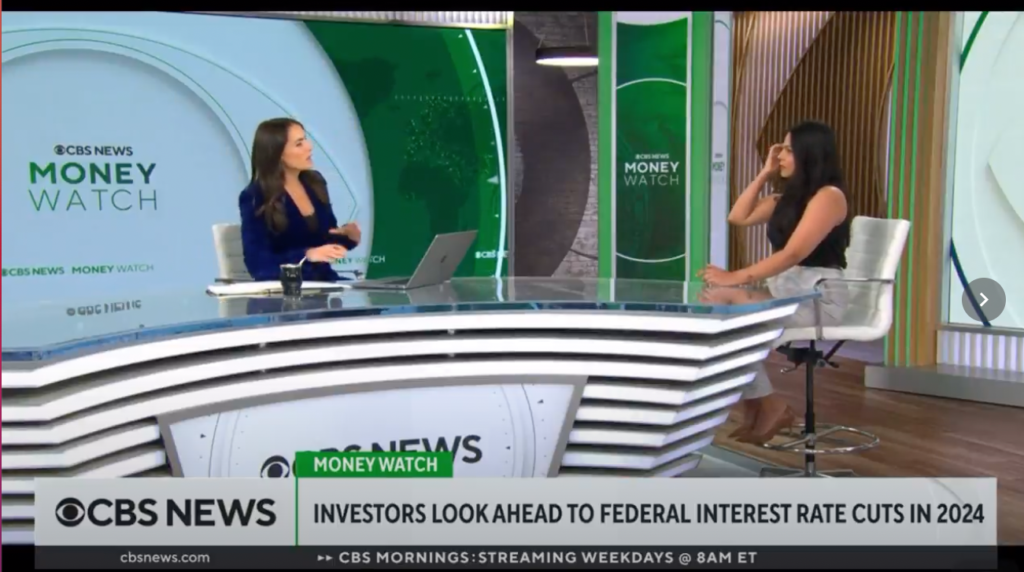
How did you go about making the big shift– and into New York?
I wasn’t professionally trained as a journalist back then, and so I applied to countless internships with compelling cover letters narrating my passion for the field. Eventually, I was doing two internships at once just to land my first job as a reporter in India.
When I broke into the industry, I travelled across the subcontinent to interview the most promising businesses on-camera. That included gig labour giant Urban Company as well as businesses working with women in low-income communities like Myna Mahila.
It wasn’t until 2018 that I joined City University of New York for my masters. And while I came encased as a business journalist to NYC, I was also equipped with coding skills that helped me stand out in the crowd.
And so, is that a recommendation you’d make? Have an engineering degree as a backup before you follow that passion ?
More like, have different skills in your bag, because you never know what can be used where. After graduating, I taught data journalism while working as a private equity reporter. I could help other students learn how to find stories in the data because I was comfortable with data.
As a journalist, you routinely find yourself in positions where you have endless rows of data and want to either present them aesthetically or sort through to find a trend. Knowing languages like Python and Java helped me produce stories that I wouldn’t have otherwise dared touch. The latest one looked at the best employee benefits offered by the 101 biggest U.S. financial firms–from parental leave to retirement matches.
What would you tell the young graduates wondering if they should switch?
The issue at heart is that there’s a wide notion that if you’re not in a STEM career in India, your prospects aren’t that bright. The reality now, though, is that given the surge in engineering graduates, you better be a really good one to avoid unemployment in a country of over a billion. And it’s hard to be good at something you don’t enjoy.
And that adds more ammo to the rationale of trying new careers especially early on, if you can afford it.
What has been your biggest contribution to the media industry?
For one, I’m one of the few immigrants at my publication and what that does is helps me put forth voices of individuals that would have otherwise gone unnoticed. I recently wrote a story on why sugar prices were soaring and I used the sugar farmers in India, the second-biggest exporter of sugar, to highlight what’s killing the supply.
I routinely write about the Federal Reserve and when the world’s biggest central bank starts to raise rates it reverberates across the globe. I spoke to women who ran small kirana stores in India as well as black entrepreneurs who planned to take out lines of credit at the time of rate increases.
Together, these stories help me serve communities and talk about finance in a way that an ordinary person can understand.


This Labour Day, Honour the Backbone of India’s Progress
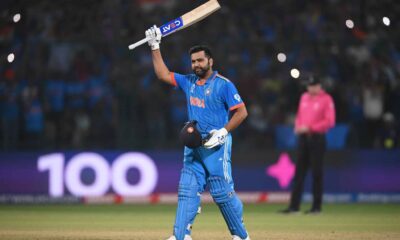

India pursue T20 World Cup glory, announce squad
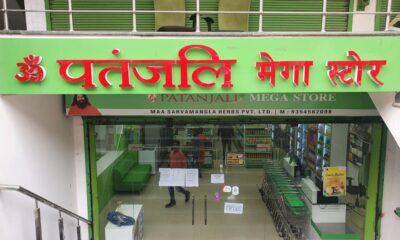

Uttarakhand cancels licenses of 14 Patanjali drugs, Supreme Court says “finally woken up”


REC Stocks Surge 8% on Strong Q4 Earnings and Dividend Declaration
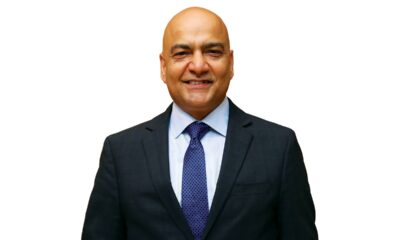

IvyCap Ventures Raises ₹2,100 Crore in Third Fund
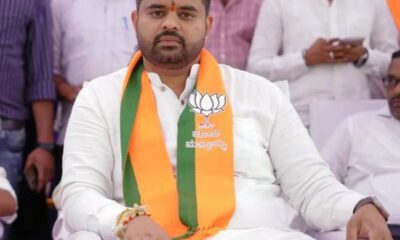

Karnataka MP Prajwal Revanna Suspended by JD(S) Amid Sexual Harassment Allegations

